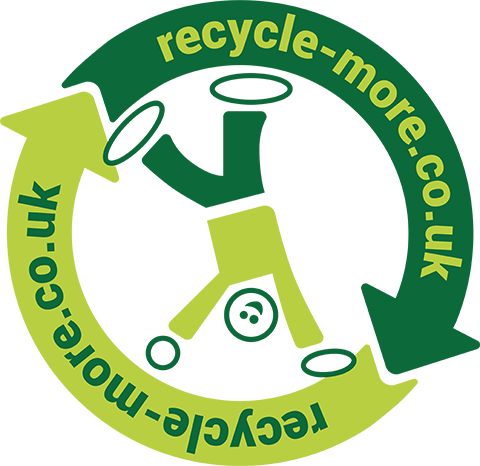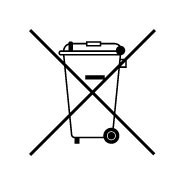
Choosing sustainability: recycling and reuse versus disposing of electrical waste
Annika Collins
October 3, 2022
What is electrical / e-waste?
Electrical products can easily be identified in and around your home. Any household item that has a plug or requires power to run, by either charging or batteries, or items that display the crossed-out wheeled bin symbol are electrical items. Once they are no longer required or cease to function, they are known as Waste Electrical and Electronic Equipment, which you may see abbreviated to WEEE.
Only 60% of UK household electrical
waste is reused or recycled each year. Fast
evolving technology and a throw away culture, has meant that electrical items
that are no longer deemed fashionable, not the latest models or no longer
complement the latest home décor trends, but are still in perfect working order,
are quite often thrown away in household waste bins and end up in landfill.
Have you ever considered what happens to electronics once they have reached landfill? Why should you care about the affects?
When broken or unwanted electrical items become waste and are dumped in landfill, it can take thousands of years for these items to break down. As they decay or when they are incinerated, WEEE causes damage to the environment and has long-lasting effects. As WEEE breaks down, it leaches toxic substances such as mercury, lead, and arsenic into soil, air, and water sources. This not only damages the environment in which we live, effecting ecosystems and wildlife, but can also have an impact on human health.
Steps to prevent electrical waste ending up in landfill. Prevention is better than cure…
It may not be practical to keep every electrical item you have ever bought or been given, but everybody can try and do more to reduce the need for the item in the first place. Do you really need it? Reuse where appropriate and failing that recycle!
1. Reuse - donate or sell your unwanted electrical items
If you’re having a clear out, and don’t have a need for your old or unwanted devices, it doesn’t mean someone else won’t. A growing number of charities and reuse organisations, such as Freegle, offer platforms for passing on unwanted electrical items to people in your local area, or supporting those in need. You might also consider selling your electrical item to cover the cost of an alternative, or to earn some extra cash. The selling process is relatively simple via platforms such as eBay or Facebook Marketplace, which provide a peer-to-peer marketplace.
2. Repair
Before throwing away or recycling broken deceives and gadgets, why not save yourself some money and reduce the strain on virgin materials by getting them repaired. Repair cafes and pop-up events are increasing in popularity, and you could also learn new and practical skills.
3. Recycle
If your electrical items are beyond repair and not fit to donate or sell, then please take them to your nearest WEEE recycling point, which you can find by using our locator tool . Simply enter your postcode and search for General WEEE. Many councils will collect small electrical equipment at kerbside, if it is placed in a separate container on top of your recycling box. Please contact your local council, to find out if this service is available in your local area and what items will be collected. I advise that you remove any personal data from smart devices and remove SIM or memory cards prior to recycling. Also, please remember to remove batteries from your WEEE items if it is possible to do so. Batteries are recycled separately.
Disclaimer: The opinions expressed in this blog represent those of the author, Annika Collins, and are not those of recycle-more, Valpak Limited or any other organisation.






